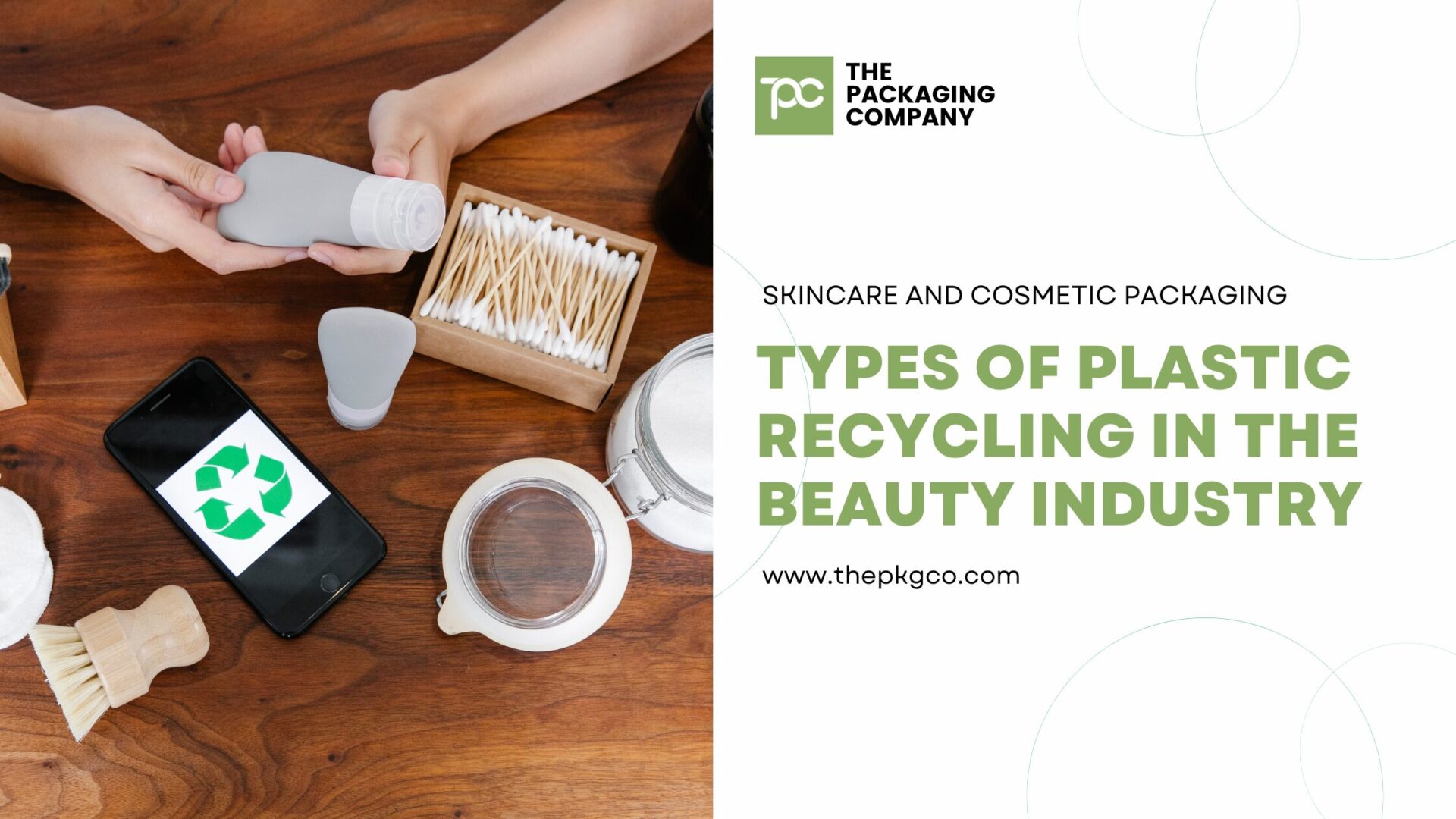Plastic recycling plays a pivotal role in reducing waste and environmental impact. While the ultimate goal remains the same – transforming used plastic into reusable materials – the journey varies across different recycling techniques. The three primary methods are: Mechanical Recycling, Chemical Recycling, and Chemical Washing.
Mechanical Recycling
Plastic waste is collected, often through curbside pickups. Advanced technologies like NIR detection, magnets, and cameras assist in sorting the materials based on their recycling codes (numbered 1 to 6). Once sorted, the plastics undergo shredding and washing to remove contaminants and odors. Then, they’re melted and converted into pellets by extrusion machines, ensuring quality through rigorous testing and blending before resale.
Chemical Recycling
Chemical recycling transforms plastic waste by breaking it down into its basic components using chemicals or processes like Pyrolysis and Gasification. This process removes contaminants and allows the resulting chemicals to be reassembled into clean polymer materials, prized for their consistency and purity.
Chemical Washing
Chemical washing prepares plastic for conversion by employing chemicals to clean and purify it while maintaining its original composition. Once washed, the plastic undergoes extrusion, testing, and palletization for resale.
Common Recycled Plastics Used in the Skincare and Cosmetic Industry
In the skincare and cosmetic industry, chemical recycling produces various types of plastic materials for packaging. Some common types include:
- PET (Polyethylene Terephthalate): Ideal for creating bottles, jars, and containers used for lotions, creams, and other skincare products.
- HDPE (High-Density Polyethylene): Utilized for packaging creams, ointments, and other semi-solid skincare formulations due to its durability and chemical resistance.
- PP (Polypropylene): Used for creating cosmetic packaging such as tubes, compacts, and caps, thanks to their lightweight nature and versatility.
- PS (Polystyrene): Suitable for cosmetic packaging components like clamshells, trays, and lids.
These recycled plastic materials offer sustainable alternatives for skincare and cosmetic packaging, contributing to the industry’s efforts to reduce environmental impact and promote circularity.
Conclusion
Understanding the nuances of plastic recycling methods is crucial for making informed decisions. While mechanical recycling is familiar to many, chemical recycling and chemical washing offer distinct advantages in terms of purity and properties. Chemical recycling, in particular, is gaining momentum for its efficiency and ease of conversion. Our team is here to guide you through incorporating recycled plastic materials into your packaging solutions. Take the first step towards sustainability by contacting: [email protected].



